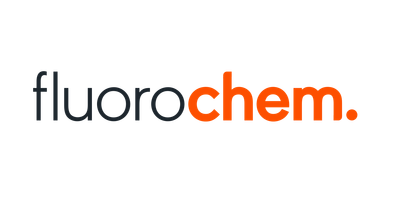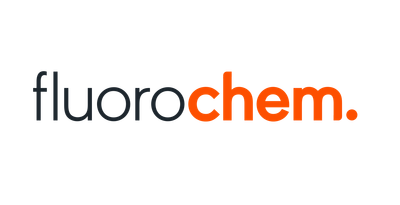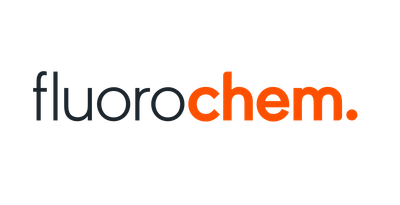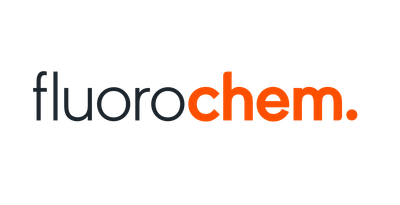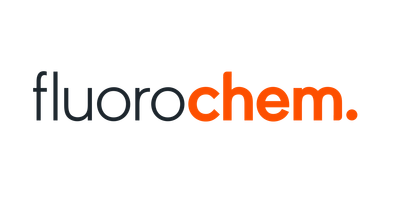Verzending 24–48 u • Levering in de hele EU • Veilige chemieverpakking
L(+)-Ascorbic acid 99 %, Ph.Eur., USP, BP 1 Kilogram
SKU ACB954.3
€ 52,52
In stock
1
Save this product for later
L(+)-Ascorbic acid 99 %, Ph.Eur., USP, BP 1 Kilogram
Product Details
CAS number: 50-81-7
Density g/cm³: 1,65
HS code: 29362700
Packaging: 1 Kg
EAN: 8721017407935
Brand: Laboratoriumdiscounter
Copper powder is a fine, metallic powder produced by grounding pure copper. It has a characteristic red -brown color and is widely used in different industries because of its unique properties. In this SEO description we will discuss the applications of copper powder and the associated safety instructions.
Copper powder is often used in the chemical industry as a catalyst in various chemical reactions. It has the property to increase the reaction speed and to improve the efficiency of the process. In addition, it is also used as an additive in lubricants and coatings because of its excellent lubricating properties and corrosion resistance.
Another important application of copper powder is in the electronics industry. It is used in the production of printed circuit boards and electrical wiring because of its good electrical conductivity. Copper powder is also used in the production of batteries, where it acts as an electrode and helps to generate electrical current.
Safety instructions When working with copper powder, are crucial to minimize possible risks. Firstly, one must always wear personal protective equipment, such as gloves, safety glasses and a dust mask, to prevent contact with the skin, eyes and inhalation of the powder.
Copper powder is flammable and can cause fire or explosions when exposing to open fire, sparks or heat sources. It must therefore be stored in a cool, dry place, away from inflammatory sources. It is also important not to keep the powder in the vicinity of oxidizing, because this increases the chance of a fire.
When handling copper powder, one must be careful to prevent spilling, because the powder can easily spread and a potential danger can be inhaled. If Morsingen occur, they must be cleaned up immediately with the help of suitable equipment and the space must be properly ventilated to reduce the concentration of the powder in the air.
Finally, it is important to mention that copper powder can be toxic when intake. It should therefore never be swallowed and must be kept out of the reach of children and pets. In the event of swallowing, medical assistance must be requested immediately.
In short, copper powder is a versatile material that is used in various industries because of its unique properties. It is important to take the right safety measures when working with copper powder to minimize possible risks.
PLEASE: The text and hazard designation are only intended as an example and may not be considered as the actual information. Lab-O-Rama accepts no liability for the incorrect use of this information or the consequences thereof. For accurate and specific information, users must consult the Material Safety Data Sheet (MSDS) that is automatically provided after the successful placement of an order, can be downloaded or requested through our customer service. You must always adhere to national and international regulations for the correct application of a substance.
P sentences:
- P101: keep available when gathering medical advice, the packaging or the label.
- P102: keeping children out of reach.
- P210: Keeping heat/sparks/open fire/hot surfaces. Not smoking.
- P231+P232: Make sure the container is closed properly and keep it in a well-ventilated place.
- P261: inhalation of dust/smoke/Gas/hole/vapor/spray mist avoid.
- P264: Wash thoroughly after working with this product.
- P280: Protective gloves/protective clothing/eye protection/facial protection.
- P302+P352: With skin contact: wash with a lot of water and wash.
- P304+P340: After inhalation: bring the victim into the fresh air and rest in an position that facilitates breathing.
- P305+P351+P338: When eyes contact: gently rinse with water for a few minutes; Remove contact lenses if possible; keep rinsing.
- P337+P313: In persistent eye irritation: consult a doctor.
- P370+P378: In case of a fire: extinguish with dry powder, carbon dioxide (CO2), foam or water needle.
- P403+P233: Store in a well-ventilated place. Save in well closed packaging.
H-sentences:
- H228: flammable solid.
- H302: harmful when swallowing.
- H315: causes skin irritation.
- H319: causes serious eye irritation.
- H335: can cause airways irritation.
- H410: very toxic for organisms living in the water, with long-term consequences.
You May Also Like
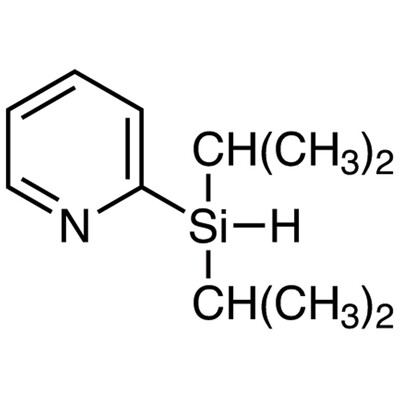
2-(Diisopropylsilyl)pyridine>95.0%(GC)5g
2-(Diisopropylsilyl)pyridine>95.0%(GC)5g
SKU D4264-5G
€ 323,40
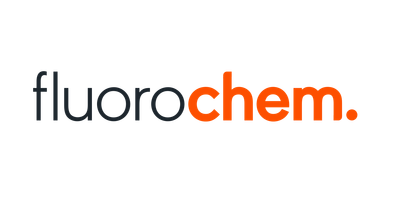
3-Chloro-4-fluorocinnamic acid, 95.0%, 10g
3-Chloro-4-fluorocinnamic acid, 95.0%, 10g
SKU F005637-10G
€ 57,20
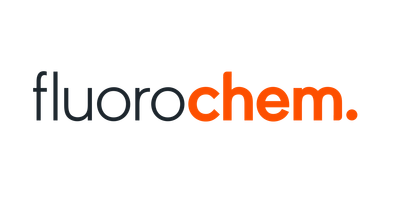
5-Chloro-3-methylisoindolin-1-one, 98%, 1g
5-Chloro-3-methylisoindolin-1-one, 98%, 1g
SKU F609600-1G
€ 1 397,00
Display prices in:EUR


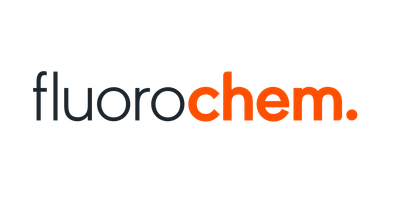
![5-Chlorospiro[2.5]oct-5-ene-6-carbaldehyde, 98%, 1g 5-Chlorospiro[2.5]oct-5-ene-6-carbaldehyde, 98%, 1g](https://d2j6dbq0eux0bg.cloudfront.net/images/88473019/4863743974.png)
